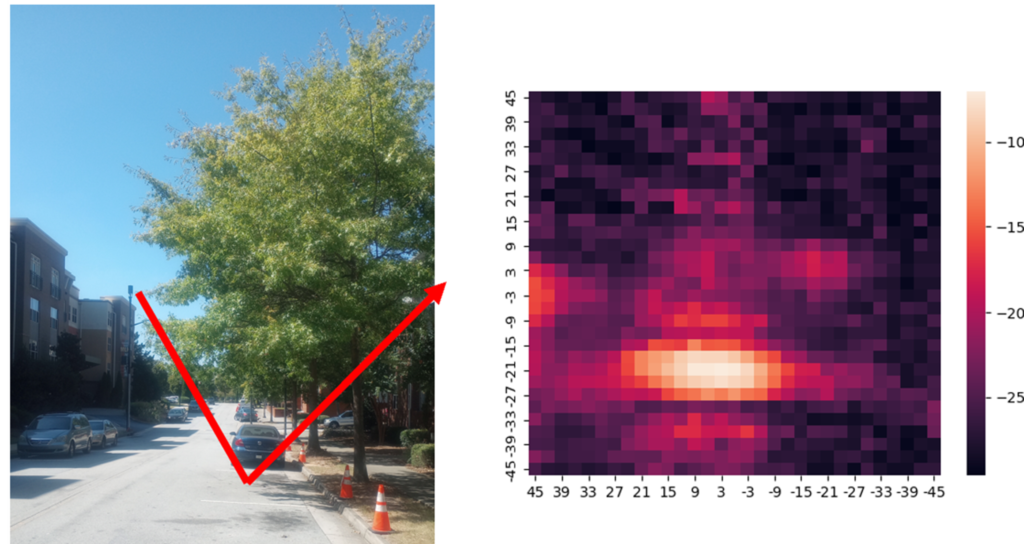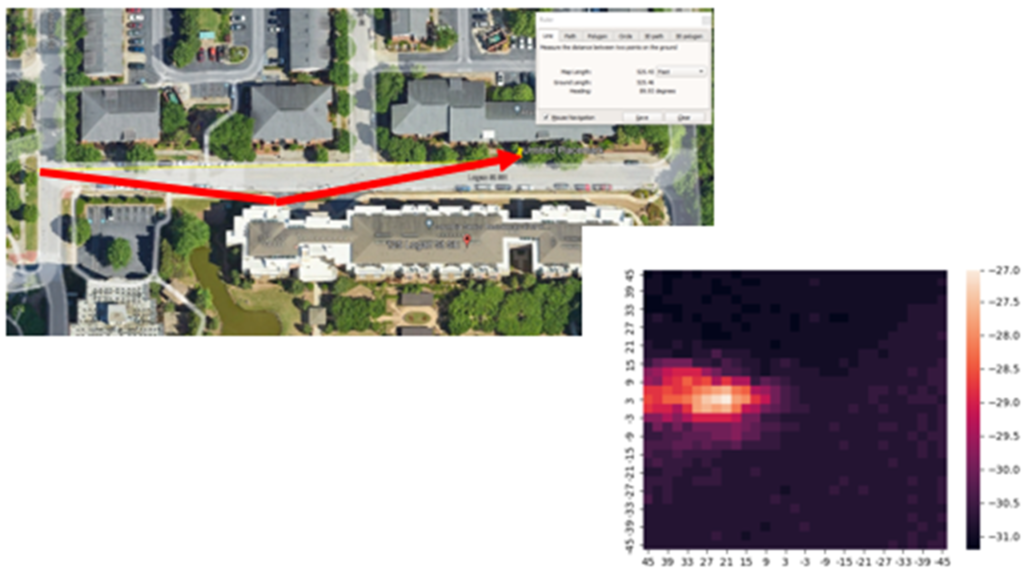mmWave Mythology, Part IV
By Kent Lundgren, VP Marketing
This blog entry features the final three millimeter wave myths presented by Pivotal VP of Engineering Alex Katko at Avalon’s Technology Users Forum in Dallas on January 9, 2024. You can read about the first six myths in mmWave Mythology, Part I, II and III.
Recall that Alex’s presentation, “mmWave Mythology: Myths Busted or Confirmed Through Real Deployments,” challenged his audience to determine which of nine mmWave myths were confirmed, busted or plausible based on Pivotal Turnkey Service’s experience designing and deploying Pivot 5G repeater networks. These networks serve fixed wireless access (FWA) to hundreds of multiple dwelling unit (MDU) buildings across the United States. Pivot 5G network repeaters typically attach to utility poles or streetlights and re-direct mmWave signals from base stations to indoor subscriber equipment behind glass windows and doors, even exterior walls.
mmWave Mythology, Part IV presents these myths:
- Beamforming is Absolutely Necessary for mmWave.
- Small Cells Are the Key to mmWave Coverage for FWA.
- If You Ever Get It to Work, mmWave is Going to Hit Fiber Speeds.
Myth #4: Beamforming is Absolutely Necessary for mmWave
Confirmed
Since mmWave antenna gain suffers substantial path loss, beamforming arrays are necessary to reacquire gain to close the link budget. A dish antenna could deliver gain too, but it would lack an array’s ability to diagnostically scan.
Recall how diagnostic scanning from mmWave Mythology, Part III (Figure 3) can help installers know where service is coming from. The diagnostic scan in Figure 1A, for example, reveals that service is emanating not through the tree but from a ground bounce reflection. Given the possibility of snow on the ground, a more durable reflection is represented by the building wall bounce shown in Figure 1B.
Only a beamformer can deliver both the gain required to close the mmWave link budget and the electronic scanning capability to ensure a cost-effective installation.

Figure 1A: Ground bounce reflection revealed by Pivotal’s HBF-equipped Cyclops™ scanner.

Figure 1B: Building wall bounce from gNB on the left.
Myth #5: Small Cells Are the Key to mmWave Coverage for FWA
This myth has many adherents. After all, higher macro sites don’t have line-of-sight (LOS) to every nearby building. What’s more, not only has the size of small cell equipment, i.e., gNBs, physically shrunk over the years, but also mmWave antennas are physically smaller than those at lower frequencies. Coverage requirements can be met by deploying more gNBs, right?
gNBs alone cannot address mmWave coverage cost-effectively, so this myth is…
Busted
Where a gNB doesn’t already exist to serve an MDU building, the operator must design and acquire a permit to install one on a streetlight or utility pole — with a fiber backhaul connection — capable of delivering hundreds of watts to a gNB weighing hundreds of pounds. Often, this requires installing a new pole at the operator’s expense. By now, a year or more has passed and installation is still months away. MDU buildings typically have more than one face, so this process would include more gNBs, additional permitting, fiber, poles, time, and so on.
Alternatively, the operator can expand coverage from a gNB that might already exist by using multiple, lower cost Pivot 5G network repeaters whose uniquely low power draw (less than a hundred watts) and weight (20 lbs.) make them suitable for hanging on just about any pole, none of which would require a fiber backhaul connection.
These product benefits are baked into Pivotal’s end-to-end deployment service, Turnkey, which provides operators with the lowest total cost of ownership (TOC) and fastest time to revenue. With hundreds of Pivots installed so far, utilities and municipalities are permitting Pivots faster than larger, heavier and more power-hungry gNBs. Some utilities, in fact, consider the Pivot’s power draw low enough to obviate a power meter.
Myth #7: If You Ever Get It to Work, mmWave is Going to Hit Fiber Speeds
Confirmed
Pivotal routinely gets mmWave to work, and the speed, downlink and uplink, indoors and outdoors, rivals fiber. DSL and cable have much to fear.
As we learned, Pivotal measures throughput during its site survey from inside the building — typically once, using a CPE — to determine penetration loss, which, in turn, informs the Reference Signal Received Power (RSRP) level outdoors for a given service level agreement (SLA).
Pivotal Commware has cracked the code for mmWave deployments and has enjoyed sharing its insights in this blog series.

